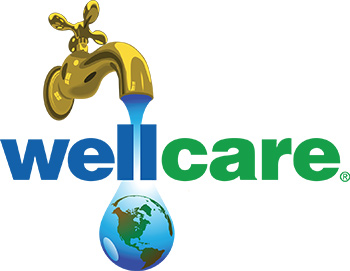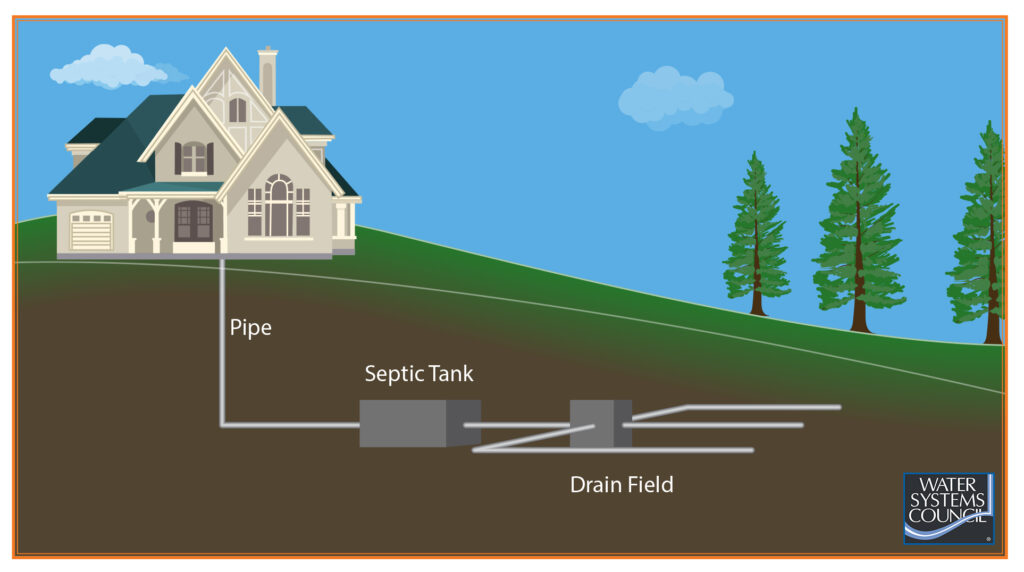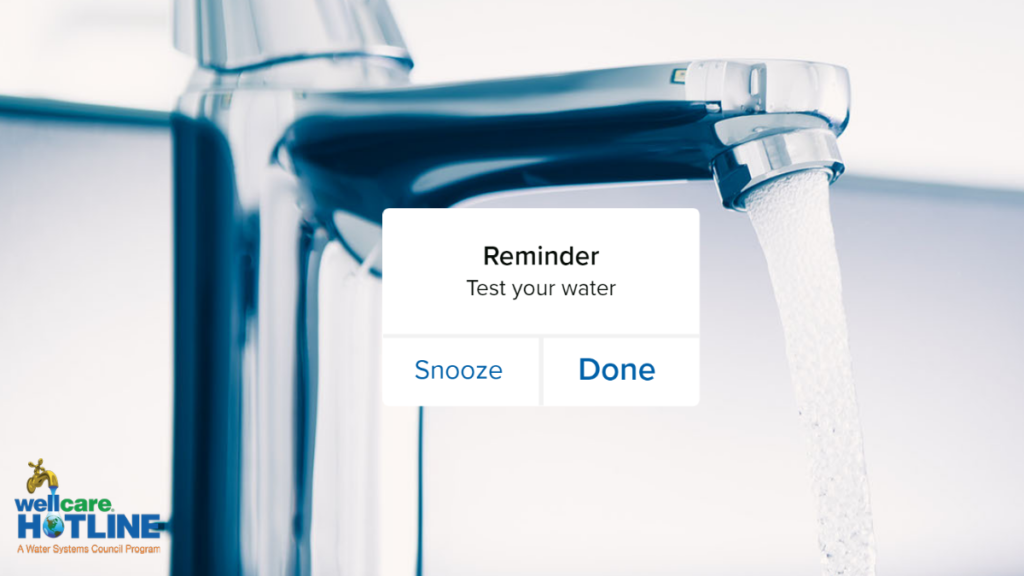 Private well owners are responsible for maintaining their wells to ensure the safety of their water supply. This article provides recommendations to well owners and their families to help safeguard drinking water for children. After all, they are the future! Private well owners are responsible for maintaining their wells to ensure the safety of their water supply. This article provides recommendations to well owners and their families to help safeguard drinking water for children. After all, they are the future!
Groundwater is stored in aquifers – layers of soil, sand, and rocks – but can come to the surface naturally through a spring or brought to the surface through a well. More than 13 million U.S. households depend on individual wells for their drinking water. Groundwater is naturally filtered on its way from the surface to the water table, so it is relatively free of particulate organic material and bacteria. However, it will only remain so if it is protected on its way from the aquifer to the tap.
Potential Contaminants of Concern
The following section provides information on contaminants that may be of special concern to households, especially with young children.
Bacteria and Other Microorganisms
We are in contact with millions of bacteria every day and nearly all of them are harmless. Yet some of these small organisms are responsible for waterborne illnesses. Bacteria, protozoa, algae, and fungi are all microorganisms. Microorganisms can only be seen through a microscope. Since we cannot see them without one, it is necessary to test your water. Waterborne microorganisms can trigger gastrointestinal illnesses, diarrhea, and vomiting which can be life-threatening for infants, children, the elderly, and those with compromised immune systems.
Fluoride
Fluoride is a natural substance that comes from the element fluorine, which is naturally occurring in rocks and soil. As water passes through the earth, it absorbs fluoride. At low concentrations, fluoride is believed to prevent tooth decay and strengthen teeth. However, excessive amounts of fluoride consumed over time can accumulate in the bones and lead to skeletal fluorosis.
Lead
Lead is a highly toxic dull gray metal that is soft enough to be easily scratched with a house key. Lead can get into your water as it flows through your plumbing system. Corrosion can cause lead to leach from lead pipes, lead-based solder pipe joints, and brass alloy faucets. Lead exposure at even minimal amounts can create serious behavioral and brain developmental problems for children. Low-level exposure can cause irritability, hyperactivity, and inattentiveness. Children exposed to higher levels of lead may have delays in physical or mental development.
Continue reading about potential contaminants and the actions you should take in our Well Water & Children’s Health brochure and information sheet. |




